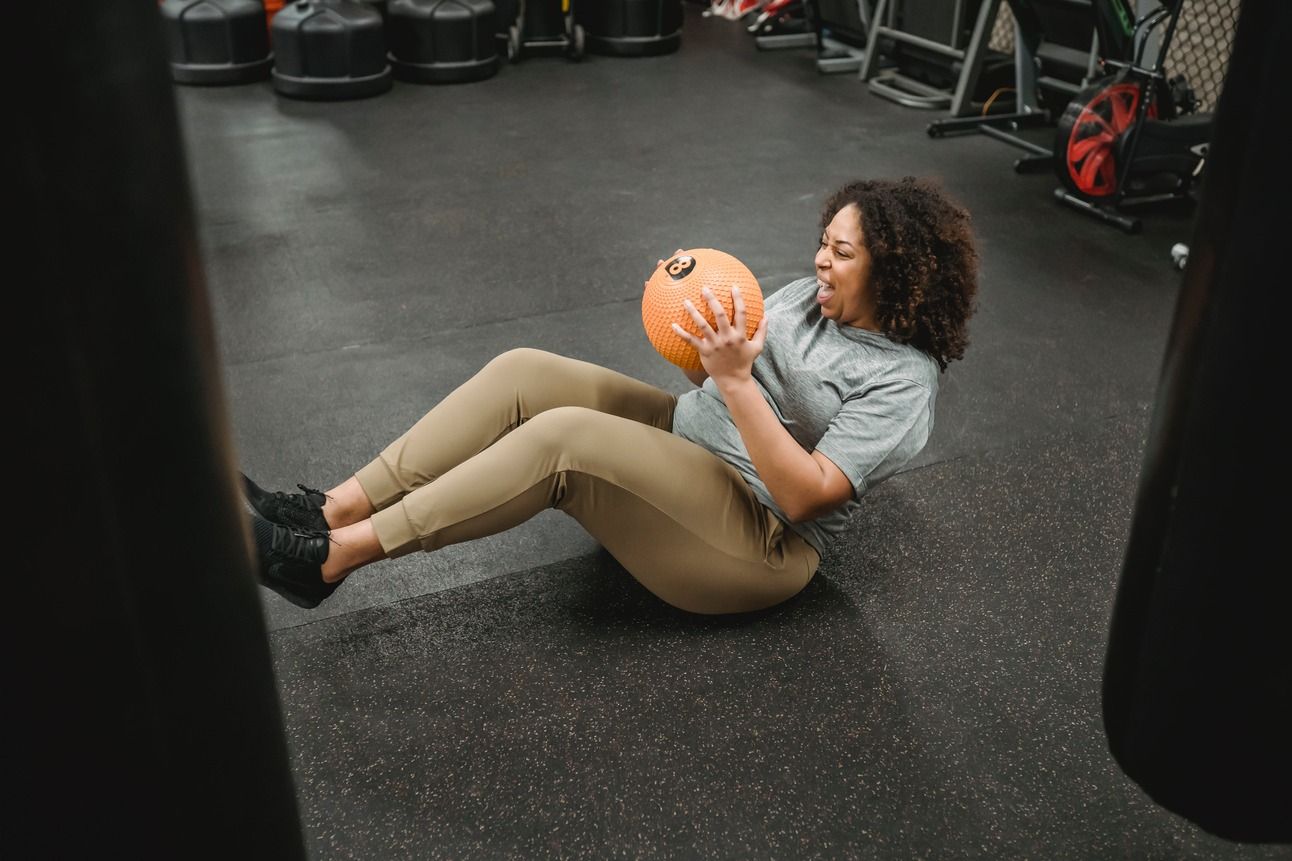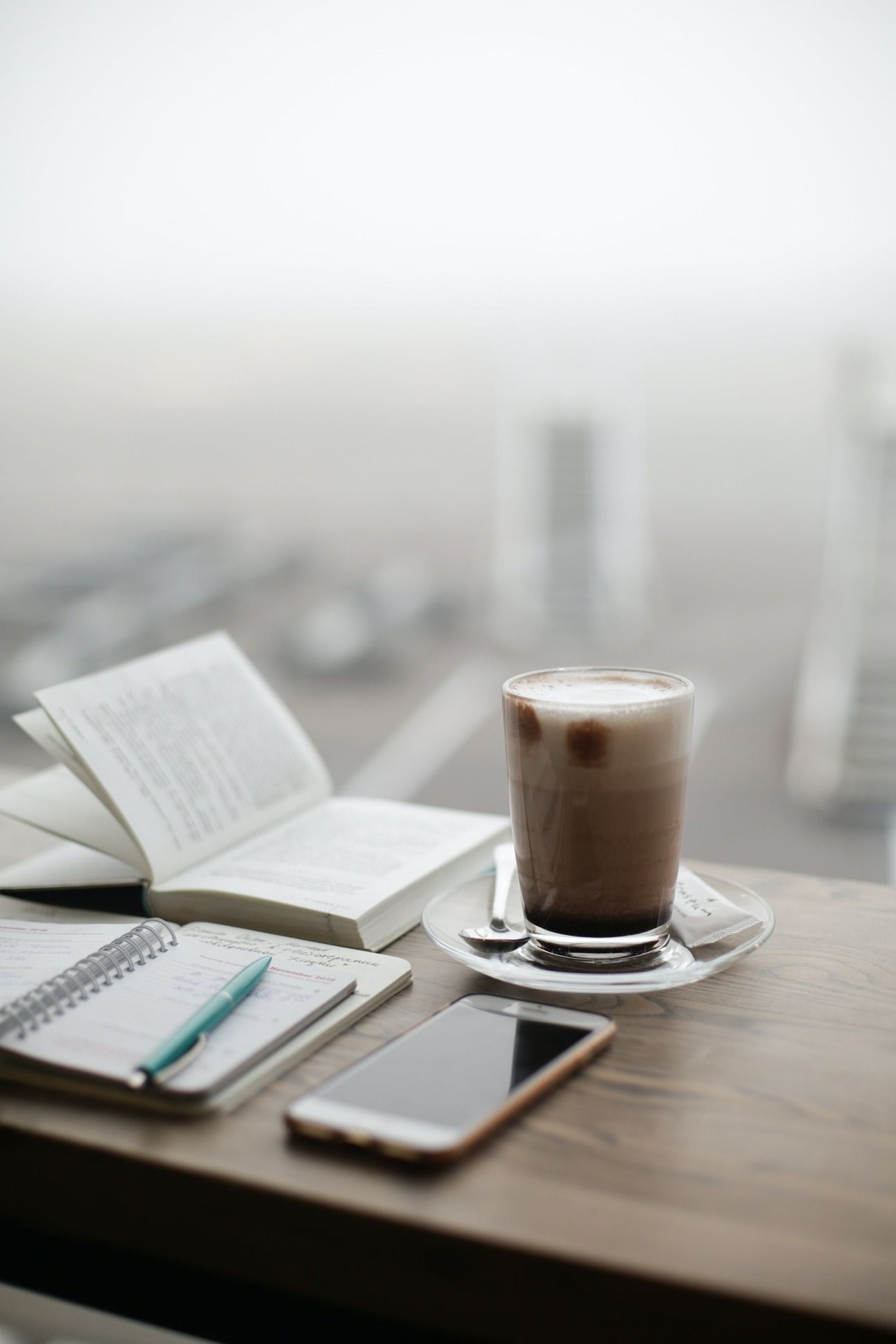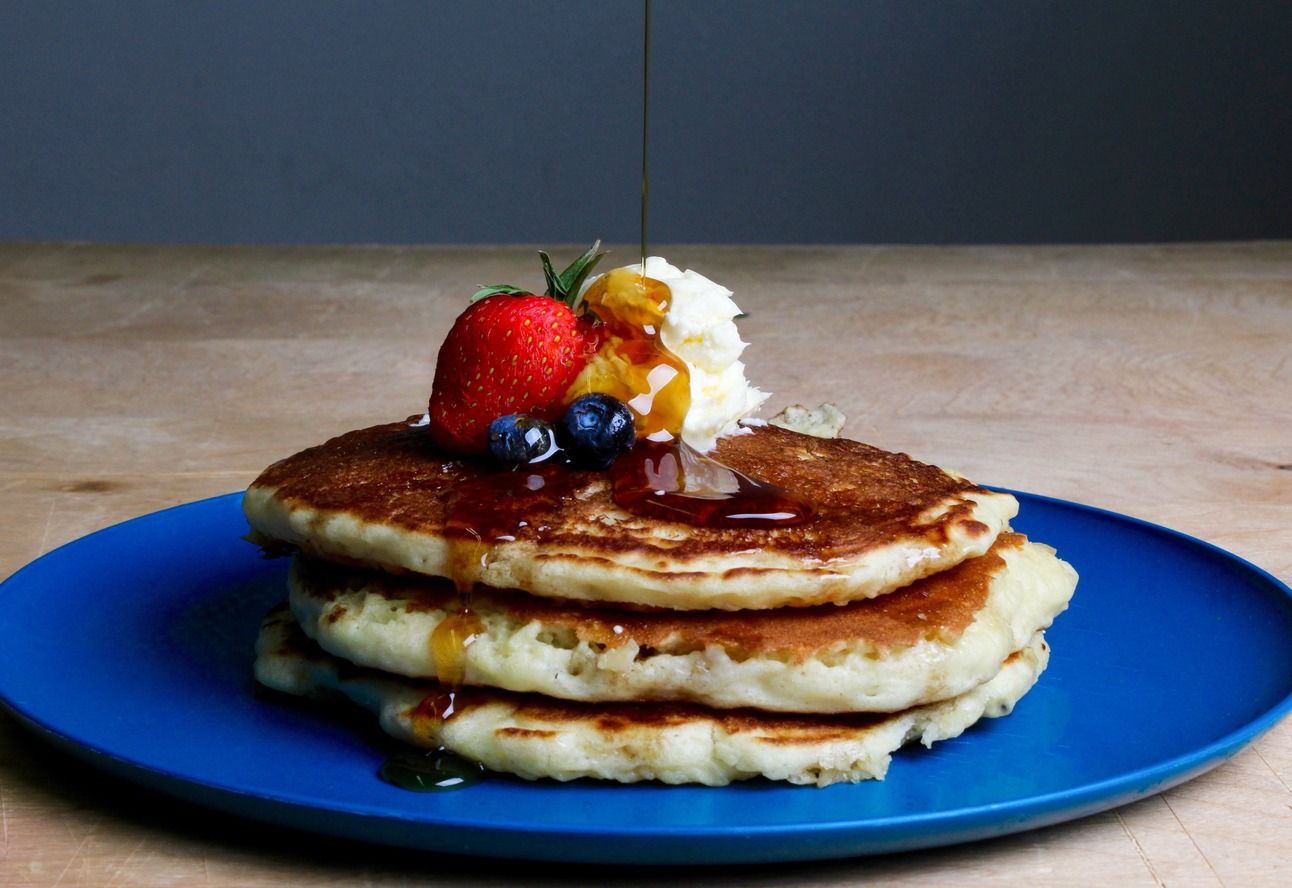Hey fitness nerds!
I am a morning person.
Starting my morning right sets the tone for the whole day.
A morning habit that big health influencers like Andrew Huberman have popularized is cold plunges.
And I am one of the people that has hopped on the bandwagon after him.
❄ 🛀
IN LESS THAN 10 MINUTES WE WILL COVER:
Weekly Insights:
Cold Plunging and Why You Should Do It
Article of The Week: High-Intensity Interval Training for Performance and Health
Tips of the Week
High Protein Pancakes
Why is everyone cold plunging?

Every wanna be entrepreneur does it (me…), but why?
Is it a fad or does it actually work?
I started with cold showers after my morning run and then slowly upgraded to a portable cold plunge.
And it changed my morning routine completely.
Why?
Run in the morning = hard
and a cold plunge for 6 minutes = even harder
After a cold plunge and a shower, I am ready to do my work. Could be psychosomatic but it does make me concentrate more and do more of my work in a shorter amount of time. Is that because of the cold plunge?
🤌
To cold plunge:
Start Gradually: Consider starting with cold showers and gradually working up to 1-2 short cold plunges per week on non-consecutive days
Duration and Temperature: There is no right or wrong answer. Some do intervals, some do one prolonged plunge. Find what fits you best. I like to get it done and over in one plunge.
What does the science say about benefits?
Reduced Inflammation and Muscle Soreness: Cold plunges are good for reducing inflammation and muscle soreness, making them a popular choice for athletes and fitness enthusiasts. Can imagine it as cold water on a burn.
Improved Mental Wellbeing: Cold plunges can help decrease stress, increase mental resilience, and provide a sense of happiness. Some people find it helpful for improving focus, concentration and sleep.
Enhanced Recovery and Performance: They can aid in post-exercise recovery by improving blood circulation, reducing swelling, and potentially increasing testosterone levels. Cold plunges also help boost metabolism and promote lymphatic drainage.
Regulated Hormones and Improved Skin: Cold exposure has a positive effect on the skin by temporarily giving it a more radiant appearance. It also helps regulate hormones and release adrenaline and noradrenaline during the plunge.
Other Health Benefits: Some research suggests that cold exposure can improve insulin sensitivity, which helps manage blood sugar levels (Type 2 Diabetes = decreased insulin sensitivity).
A few most commonly asked questions about fasting I found on Twitter:
What is the optimal ice bath temperature?
Anywhere from 5 to 15 degrees Celsius.How long should I be in an ice bath?
Experts recommend anywhere from 2-20 minutes. I do it for 8 minutes.
Here is a useful post that helped me get informed about cold plunges and to understand why they are so beneficial for me:
Do you cold plunge? What is your routine? DM me on Twitter here.
Article of the Week
High-Intensity Interval Training for Performance and Health

What is it About?
HIIT (= High-Intensity Interval Training) is a form of exercise that involves short bursts of intense exercise followed by brief recovery periods.
It is a good method to improve cardiorespiratory fitness and increase calorie expenditure in people who are insufficiently active, including those with cardiometabolic diseases.
HIIT can be performed in a lot of ways, but a common approach involves 60-second bouts of exercise at about 90% of the person’s peak aerobic work (which is a fancy word for your max capability/reserves), interspersed with 60 seconds of rest or light activity to recover.
HIIT is good for health as it can help decrease body fat, increase strength and endurance, and improve health outcomes.
It is also an effective strategy for improving exercise capacity and overall fitness.
The results of the study show that HIIT was more effective than moderate-intensity training in improving left ventricular systolic (the main part of the heart that sends blood rich in oxygen all over the body) performance and aerobic capacity.
On top of all that, a trial involving older participants found that HIIT led to improvements in peak heart rate, body composition, lipids, fasting insulin, and anti-inflammatory markers.
Fascinating Fact:
A 10-minute HIIT session is roughly equivalent to 30 minutes of moderate intensity jogging.
3 Tips on creating the right morning routine for you

Building a sustainable morning routine is important. There is no greater superpower than a morning routine that is tailored to your personal needs and goals. It sets the tone for the entire day, boosting productivity, enhancing focus, and giving you a sense of well-being.
Start small
There is no worse thing than to set a morning routine. Stick to it for two weeks, and then go back to waking up at 8:30 am - 30 minutes before work.
Start in small increments.
Set up YOUR (not what some fitness influencer said on IG) ideal morning routine.
Start small and aim to reach your ideal routine in a year. For example, if you wake up at 8 am now and you would like to wake up at 5 am, start waking up 30 minutes earlier every 2 months.
Slow and steady wins the raceBe consistent
A study shows that it takes on average 66 days to build a routine. That is, doing the same thing consistently for 66 days for it to become a habit.
It doesn’t matter if you slip once, just make sure to get back on track.Make it fit your lifestyle
Make your routine work for your lifestyle.
If you work better later on in the night, adapt your routine so that you are as productive as possible. Wake up later and go to sleep later as well.
This Week’s Recipe
Vote below to choose the diet for next week’s recipe
High Protein Pancakes
They taste the same as normal pancakes but with far less sugar and high protein content.
/
This recipe was created in 2 minutes with BusyBody App

Macros
Total Calories: Approximately 350 calories per serving
Protein: 30g
Carbohydrates: 40g
Fat: 8g
The Ingredients
For the Pancakes:
100g cup Oat Flour - A healthier, whole-grain alternative to white flour.
100g cup Protein Powder - Vanilla whey is my preferred flavour.
100g cup Greek Yogurt - Non-fat Greek is my favourite.
2 Egg Whites
50g Almond Milk - Unsweetened, for lower calories. You can use any low-calorie milk you like.
1 tsp Baking Powder - So they are fluffy.
1 tbsp Stevia or Erythritol
1 tsp Vanilla Extract
Pinch of Salt - To bring out the flavour.
You can also put frozen barriers into the batter.
My favourite toppings are: peanut butter, low-calorie syrup, nuts and fruits depending on what macros I have left for the day.
The Instructions
Mix Dry Ingredients: In a large bowl, combine oat flour, protein powder, baking powder, sweetener, and a pinch of salt.
Whisk Wet Ingredients: In another bowl, whisk together egg whites, Greek yoghurt, almond milk, and vanilla extract until smooth.
Combine: Pour the wet ingredients into the dry ingredients and stir until just combined. Avoid overmixing to keep the pancakes fluffy.
Preheat Pan: Heat a non-stick pan over medium heat and lightly coat with cooking spray.
Cook Pancakes: Pour 1/4 of the batter for each pancake onto the pan. Cook until bubbles form on the surface, then flip and cook until golden brown on the other side.
Serve: Serve hot with your choice of healthy toppings like fresh berries, a dollop of Greek yoghurt, or a drizzle of sugar-free syrup.
Vote for the next Recipe and diet by clicking the button below
What do you think about this week’s newsletter?
Reply to this email, and let us know how we can improve and if there are any topics you would like us to cover.
